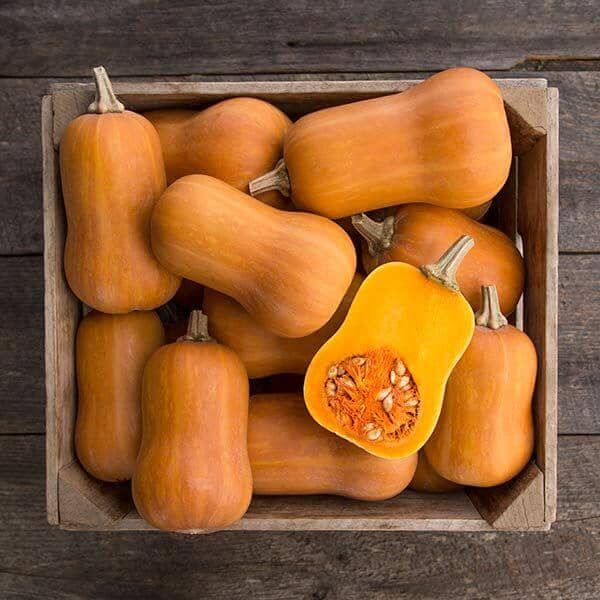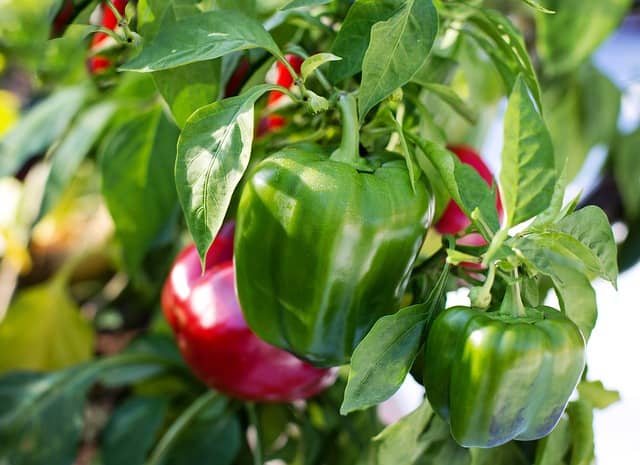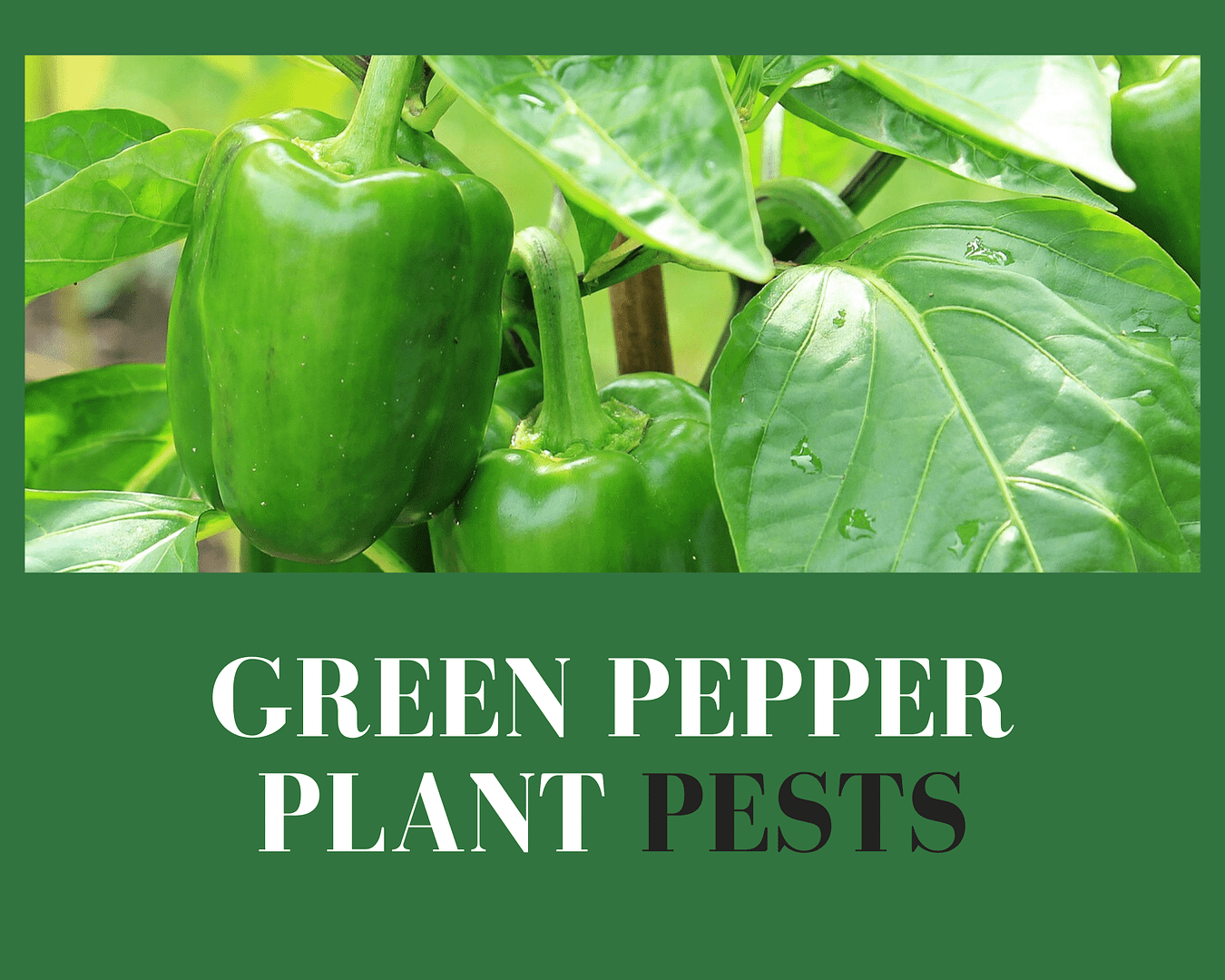This post may contain affiliate links. As an Amazon Associate we earn from qualifying purchases.
Grow butternut squash like a pro!
Butternut squash (Cucurbita moschata) is a winter squash, meaning that it is planted in spring, grows throughout the summer and is harvested in fall for storage or consumption in the winter.
Not only is the fruit edible, but the leaves, flowers and seeds as well. The butternut squash plant produces both male and female flowers, a trait known as monoecious. There’s generally no need to start butternut squash seeds indoors; sow seeds outdoors after the danger of frost has passed and the soil warms to at least 70 degrees Fahrenheit.
 Choose and Prepare the Planting Site
Choose and Prepare the Planting Site
Butternut squash vines can spread up to 6 feet, so choose a site with lots of room. The plants also require a full day of sunshine so plant them in the sunniest area in the garden.
The soil should be nutrient rich and quick draining. You can satisfy both of these requirements by adding a 3-inch layer of compost to the soil and blending it in with the top 6 inches of soil.
If you are working with clay soil, add a 3- to 4-inch layer of composted wood chips and blend the material with the existing soil to a depth of 8 inches.
Also add 4 to 6 cups of 16-16-8 fertilizer per 100 square feet of planting area and mix it into the top 4 inches of soil. If you can’t locate this fertilizer, use 10-10-10 at the same rate.
To expedite drainage and keep the roots warm, plant the butternut squash seeds in mounds that measure 6 inches high and 2 feet in diameter, spaced at least 5 feet apart. Carefully water the planting bed until the mounds are completely moist.

Plant Butternut Squash
Plant four butternut squash seeds, 3 to 4 inches apart, in each hill, pushing them 1-inch deep into the soil at the top of the hills.
Keep the soil moist while the seeds germinate. The butternut squash seedlings should emerge within 10 days of sowing.
When the seedlings reach 3 inches in height, it’s time to thin them so choose the strongest two plants in each hill and remove the others by snipping them off at the base. This is also a good time to apply mulch around the seedlings. Keep it 1-inch away from the main stem, and spread it out over the hill.

Seeds
Water and Fertilizer
Butternut squash is a thirsty plant, so ensure that the soil is consistently moist throughout the growing season. The best way to water is with a drip system that provides water slowly, but a hose set to a slow drip will work as well. Place the water at the base of the plant to avoid the fungal diseases that occur with wet foliage.
Apply the next application of fertilizer when the plants produce runners. Dig a 2-inch-deep trench, 3 inches to the side of each hill and sprinkle 1 to 2 tablespoons of 21-0-0 fertilizer (ammonium sulfate) in each trench.
Cover the fertilizer with soil and water slowly to a depth of 4 inches. This type of fertilization is known as side-dressing. When the fruits begin swelling, side-dress the butternut squash plants again, using a 12-10-5 fertilizer (Vigoro makes one that you can purchase at Amazon, here) at the same rate as the previous side-dressing.
Special Care
You will need to perform two pruning tasks on the butternut squash during the growing period. First, pinch 1 inch from the tip of the main shoot when it reaches 3 feet in length. This will encourage it to branch. Second, remove any large leaves that are shading the fruit.
Slugs and snails can devastate your butternut squash crop so start a preventive program as early as possible. Several companies manufacture organic slug and snail bait that is not only safe for use on consumables but safe for use around pets as well. We use Garden Safe Slug and Snail Bait. Follow label instructions carefully and reapply the bait every two weeks.
What to cook with your butternut squash
Caramelized Butternut Squash
Spice Roasted Butternut Squash
Roasted Butternut Squash and Poblano Pizza
Butternut Squash Sandwich with Cheddar Cheese and Pickled Red Onion
Roasted Butternut Squash Soup
Image: “Cucurbita moschata ‘Butternut’ 3” by HalfGig. Licensed under CC BY 3.0





